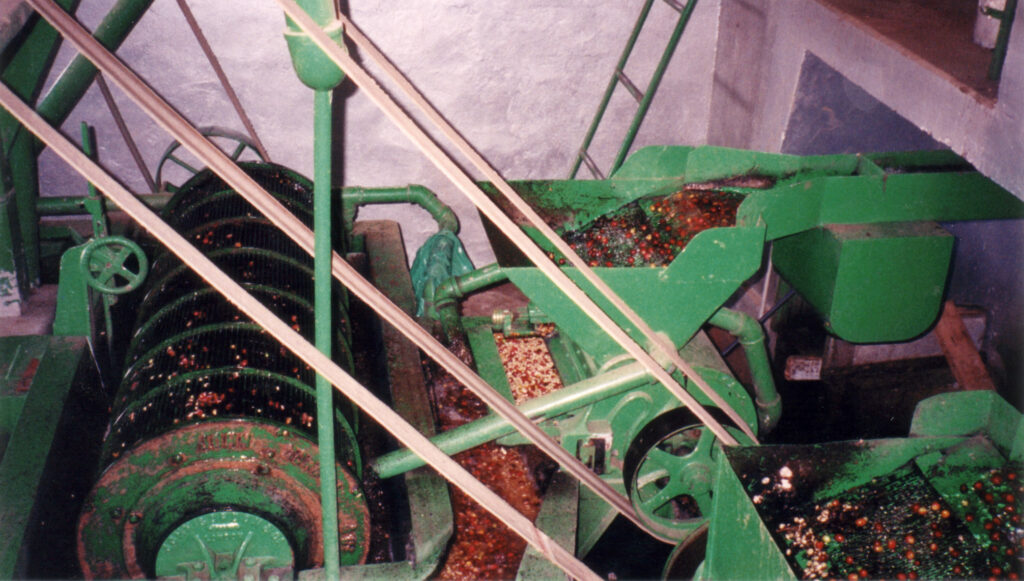Coffee aquapulp is a relatively new method of processing coffee beans that has recently gained popularity. It involves removing the outer layers of the coffee cherry, including the skin and mucilage, using water instead of the traditional method of dry fermentation. The resulting beans, known as aquapulped natural or semi-washed coffee, have a distinctive flavour profile and are considered high quality.
The traditional method of processing coffee begins with removing the outer layers of the cherry, a process known as de-pulping. This is typically done using a machine that mechanically removes the skin and mucilage, leaving the beans to dry in the sun. The beans are then collected and sorted according to size and quality.
There are several advantages to the traditional method of processing coffee. It is relatively simple and inexpensive, and the resulting beans have a distinctive flavour profile that many coffee drinkers appreciate. However, there are also several disadvantages to this method. The drying process can take several weeks, during which time the beans are susceptible to contamination from mould and other contaminants. The beans also tend to be inconsistent in size and quality, which can affect the overall flavour and aroma of the finished coffee.
In contrast, the coffee aquapulp method involves removing the outer layers of the cherry using water. This is done using a machine that separates the skin and mucilage from the beans using pressurized water. The beans are then dried in a controlled environment, which helps to reduce the risk of contamination and improve the consistency of the finished product.
One of the main advantages of the aquapulp method is that it results in a more consistent and higher-quality product. The controlled drying process helps to ensure that the beans are of uniform size and shape, which can improve the flavour and aroma of the finished coffee. In addition, the aquapulp method is less labour-intensive and requires fewer resources than the traditional method, making it more environmentally friendly.
Another advantage of the aquapulp method is that it allows for greater control over the final flavour profile of the coffee. By adjusting the amount of water and pressure used in the de-pulping process, it is possible to produce beans with various flavour characteristics. This allows coffee roasters to tailor their coffee’s flavours to suit their customers’ preferences.
There are also some disadvantages to the aquapulp method. It is more expensive and requires more specialized equipment than the traditional method, making it less accessible to small-scale coffee producers. In addition, the flavour profile of aquapulped coffee may not suit the taste of all coffee drinkers, as it can be less fruity and more earthy than traditionally processed coffee.
Despite these disadvantages, the aquapulp method has recently gained popularity, particularly among specialty coffee roasters. Many coffee lovers consider aquapulped coffee to be of higher quality and more consistent than traditionally processed coffee, and are willing to pay a premium for it.
In conclusion, coffee aquapulp is a relatively new method of processing coffee beans that involves removing the outer layers of the cherry using water. It results in a more consistent and higher quality product, with a distinctive flavour profile that many coffee drinkers appreciate. While it has some disadvantages, such as a higher cost and less accessibility to small-scale producers, it has gained popularity among specialty coffee roasters and coffee lovers.
Read more about coffee in our Coffee Glossary.

